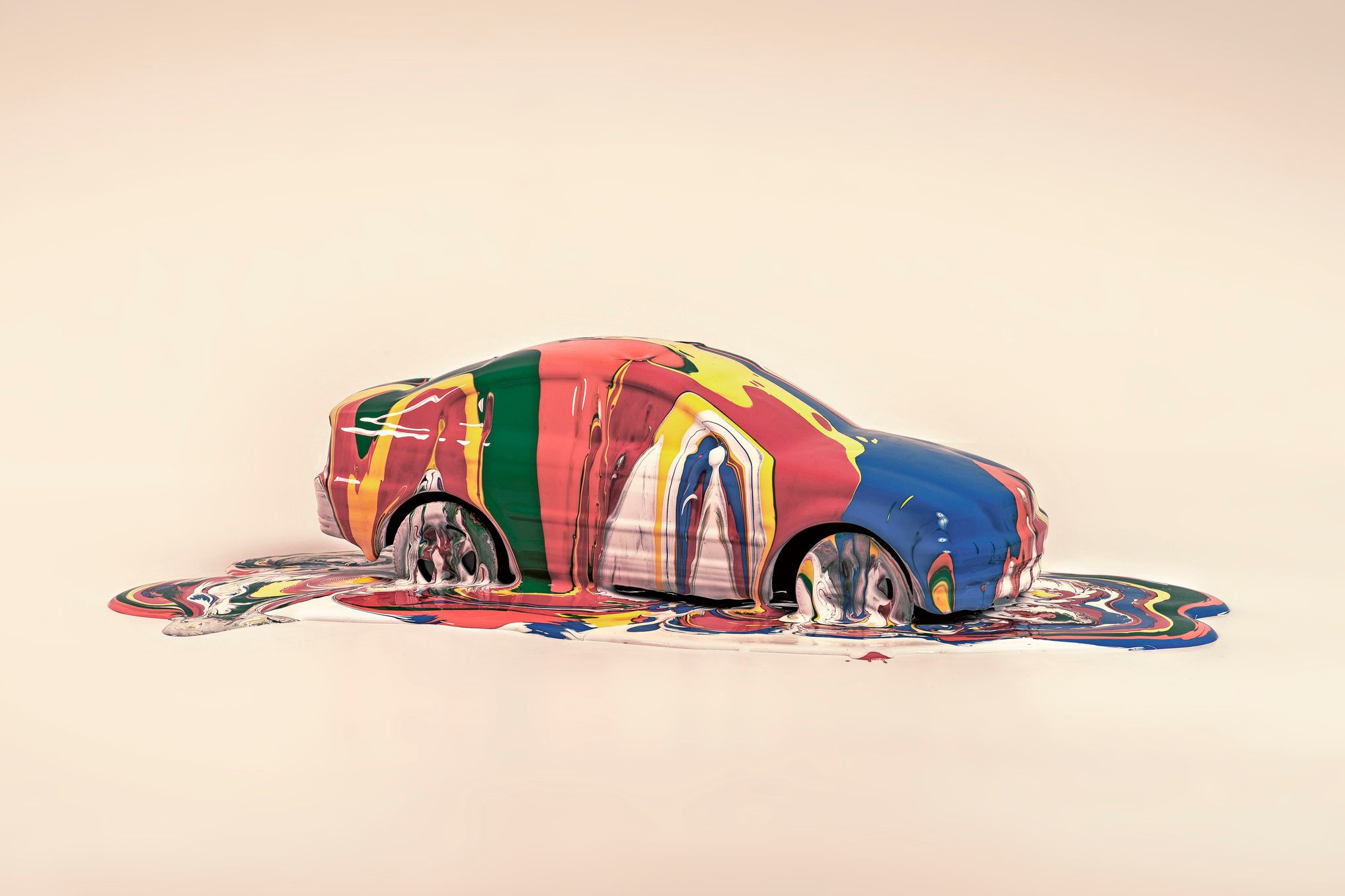Before you buy a new car, remember this: The color could play a role in your crash risk. Here's a look at car accidents by color—and why it matters.

This Car Color Is the Most Likely to Get into an Accident

When buying a new vehicle, most consumers prioritize features such as performance, safety features and comfort. But perhaps the most enjoyable part of the process is deciding what color you’d like your new vehicle to be. Although it appears to be a purely cosmetic decision, studies indicate that your car’s color might actually determine your likelihood of being involved in an accident.
Ahead, we’re digging into the research on car accidents by color to find out which car colors are the most prone to accidents and which are the safest. Read on before buying your next vehicle!
Get Reader’s Digest’s Read Up newsletter for more car news, humor, travel, tech and fun facts all week long.
What are the safest car colors?

According to Kelley Blue Book, white is the most popular car color, followed by black (22% of cars) and silver (14% of cars). Of the three colors, white exceeds all car colors in safety ratings, according to past research done by Monash University’s Accident Research Centre.
When analyzing nearly a million car crashes over 17 years, the researchers found that white cars had the lowest likelihood of being involved in a crash. Regardless of the time of day, white cars were 12% less likely to get into an accident than black cars.
Cream, yellow and beige cars ranked closely behind white.
What color car gets into the most accidents?
According to the Monash University study of car accidents by color, black cars are the most accident-prone due to their low visibility against dark roads. Other dangerous car colors are grey, silver, blue and red.
Here’s how the other colors fared in terms of accident risk, compared with white cars:
- Black: 12% higher risk
- Gray: 11% higher risk
- Silver: 10% higher risk
- Blue: 7% higher risk
- Red: 7% higher risk
How does car color affect safety?

Well, the difference between light-colored and dark-colored cars is pretty intuitive: Light-colored cars are easier to see. “The reason brightly colored vehicles like white and yellow cars are less likely to be involved in an accident is the same reason they’re less likely to be stolen: visibility,” explains Jake McKenzie, a content analyst with Genuine Parts Company, a global service provider of automotive parts, and a former content manager at AutoAccessoriesGarage.com. “A white car is much easier to see than a dark-colored car.”
This is certainly true at night when it’s dark outside, but even in daylight, darker cars have less contrast with the road. “The better other drivers are able to see you, the more likely they are to hit the brakes before it’s too late,” McKenzie says.
Crash risk isn’t all about color
A 12% difference isn’t insignificant—but it’s not the whole story, either. Far more important factors contribute to car accidents: how well you drive, how well others drive, road visibility, weather conditions and the overall condition of your vehicle. So if you’re second-guessing that sleek black car, don’t panic. Color alone won’t seal your fate.
The best way to stay safe on the road is to be a careful, attentive driver—no matter what color you’re behind the wheel of. If you’re still worried, there are many car gadgets that can improve your safety.
FAQs
Does car color really play a role in accidents?
Yes, there is a correlation between car colors and car crashes, according to several large and small-scale studies. That said, there are many other contributing factors, including the weather, time of day and even the driver’s gender, according to the Insurance Institute for Highway Safety.
Should color be a factor when choosing a car?
Yes, but not just for safety purposes! If you’ve always dreamed of riding around in a bright red hot rod, don’t get a white car just because you feel like you have to. Remember, driver behavior and environmental factors have a much higher effect on crash risk than your car’s color.
Why trust us
At Reader’s Digest, we’re committed to producing high-quality content by writers with expertise and experience in their field in consultation with relevant, qualified experts. We rely on reputable primary sources, including government and professional organizations and academic institutions as well as our writers’ personal experiences where appropriate. We verify all facts and data, back them with credible sourcing and revisit them over time to ensure they remain accurate and up to date. Read more about our team, our contributors and our editorial policies.
Sources:
- Jake McKenzie, content analyst with Genuine Parts Company
- Kelley Blue Book: “What are the Best Car Colors to Buy?”
- AAA: “Does Car Color Matter?”
- Monash University: “Crash risk higher for black cars”
- Traffic Safety Store: “Vehicle Color & Safety: Separating Fact from Fiction”
- CarLoans.com.au: “Top 10 safest colours for cars”
- Citywide Law Group: “Car Color and Crash Risk”
- Insurance Institute for Highway Safety: “Fatality Facts 2022: Males and Females”






















